What is Beluga Caviar?
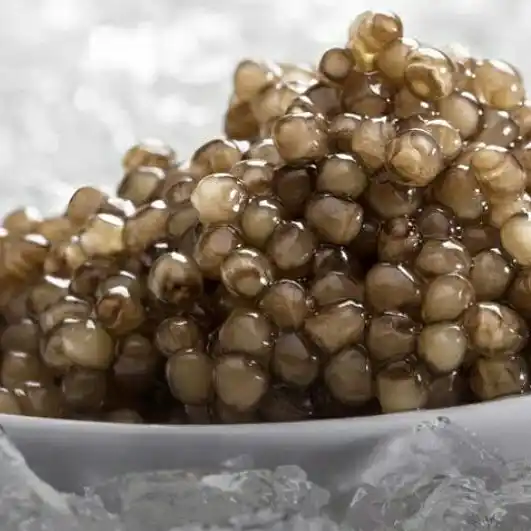
Iranian Beluga Caviar is an extremely valuable and opulent treat that is well-known across the globe for its superb flavor and consistency. Within the world of seafood delicacies, beluga caviar holds a distinct place. It is made from the roe or eggs of the beluga sturgeon (Huso huso), a huge and ancient species of fish.
The distinct qualities of beluga caviar’s roe are what distinguish it. The eggs vary in hue from light gray to dark gray and are renowned for their remarkable size. Their taste is delicate and buttery, and they have a shiny look. Every egg is flavorful and fulfilling, leaving you with a lasting impression. It is also soft and supple. In another article, we have examined the types of sturgeon fish. I invite you to read this post.

What is the size beluga caviar eggs?
The size of the beluga caviar egg is one of its most distinguishing characteristics. Eggs and roe of the beluga sturgeon are renowned for their remarkable diameter, which can reach up to 4 mm or more. The caviar’s distinct flavor and texture are enhanced by its large size, which results in a wonderful taste with each bite. If you’ve never tried caviar before, we recommend trying the Beluga caviar 30g from the Caviarshah brand.

Beluga sturgeon caviar cost
Born and bred in Iran’s Caspian Sea, Beluga sturgeon caviar (Huso Huso) delivers the largest, best-quality, and softest sturgeon among sturgeons. Premium beluga caviar from Iran is typically sold for between $12,000 and $22,000 per kilogram. Beluga caviar is regarded as a luxury good with a distinct flavor and glossy eggs that range in color from light gray to black.
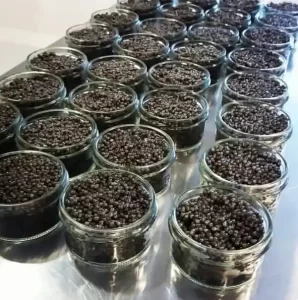
beluga caviar cost per ounce :
Depending on the roe’s quality, the size of the eggs, and the caviar’s source, beluga caviar can range in price per ounce. But generally speaking, beluga caviar can cost anything from $175 to $260 per ounce.
The following are some instances of beluga caviar prices per ounce:
Iran’s beluga caviar costs between $200 and $260 an ounce.
Russian beluga caviar costs between $175 and $225 per ounce.
Azerbaijani beluga caviar costs between $150 and $175 per ounce.
It is crucial to remember that these are only estimations, and the true cost of beluga caviar may differ based on the previously listed variables.

beluga caviar price per gram:
The cost of beluga caviar can range from $12 to $17 per gram, with the Iranian variety from the Caviar Shah brand being the most expensive.
Here are some particular instances of beluga caviar costs per gram:
- The cost per gram of Iranian beluga caviare ranges from $12 to $17.
- A gram of Russian beluga caviar costs between $2 and $3.
- The price of Azerbaijani beluga caviar ranges from $1.50 to $2 per gram.
What is the color beluga caviar?
Beluga caviar’s dark, glossy gray color gives it a remarkable appearance. Any kitchen display gains sophistication from the rich ebony color of the eggs, which also makes it aesthetically pleasing and alluring. A deep dark hue denotes caviar quality and maturity.
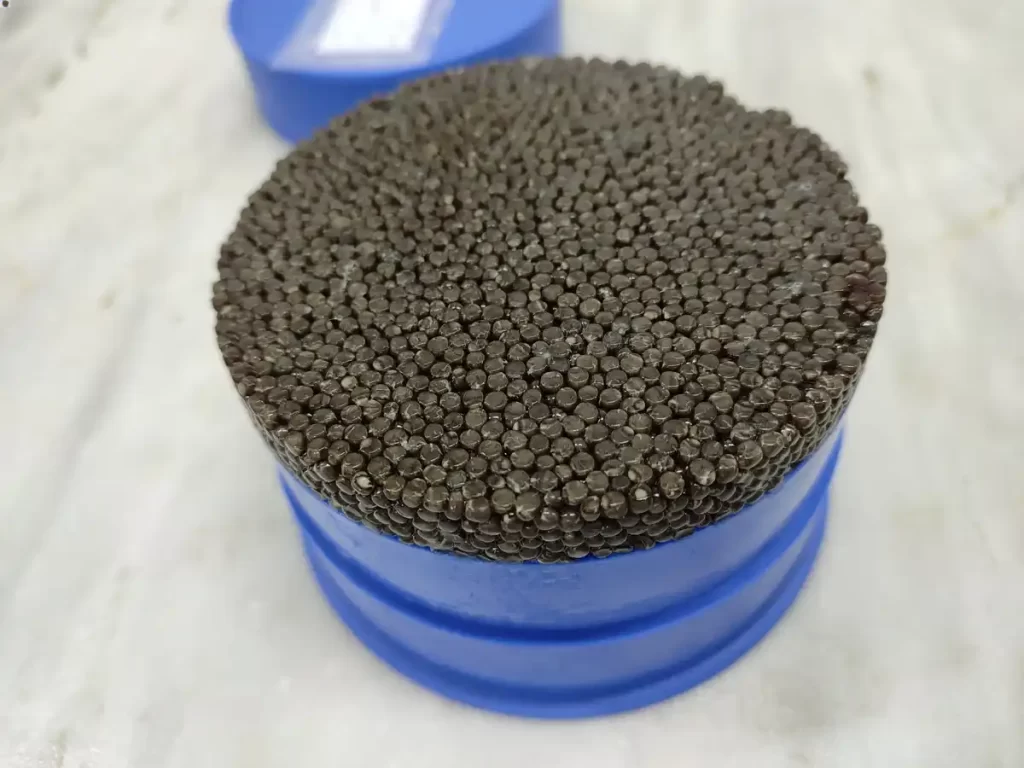
What is the consistency of Beluga caviar?
One important factor that adds to beluga caviar’s allure is its constancy. Beluga caviar has a very distinct texture that sets it apart from other varieties of caviar when it is consumed.
Beluga caviar is well-known for having a smooth, creamy texture that goes well with almost any dish. When eaten, eggs or roe are softly solid and provide minimal resistance. Because of this characteristic, beluga caviar has an opulent, decadent feel that makes for an incredibly pleasurable encounter.
Although every beluga roe is unique, they all work in unison to produce a velvety texture that is greatly prized.

As soon as you bite into it, the smooth, creamy texture of beluga caviar will be revealed to you, together with its rich, nuanced flavor and scent. Every bite of Beluga Caviar imparts a distinct flavor while the eggs hold their shape because to its delicate yet flexible texture.
The uniformity of beluga caviar shah is evidence of the high caliber of HUSO HOSU fish farming and the use of cutting edge science in caviar harvesting. As a result, the caviar captures the senses, exudes sophistication and elegance, and leaves a lasting impact.
what does beluga caviar tasty?
The flavor profile of Beluga caviar is renowned for being nuanced and enjoyable. It’s frequently described as buttery, nutty, slightly sweet, and slightly salted from the sea. Layers of richness and depth are revealed as the flavors progressively deepen and change on the tongue. Its smooth texture and distinct flavor combine to produce a singular sensory experience.
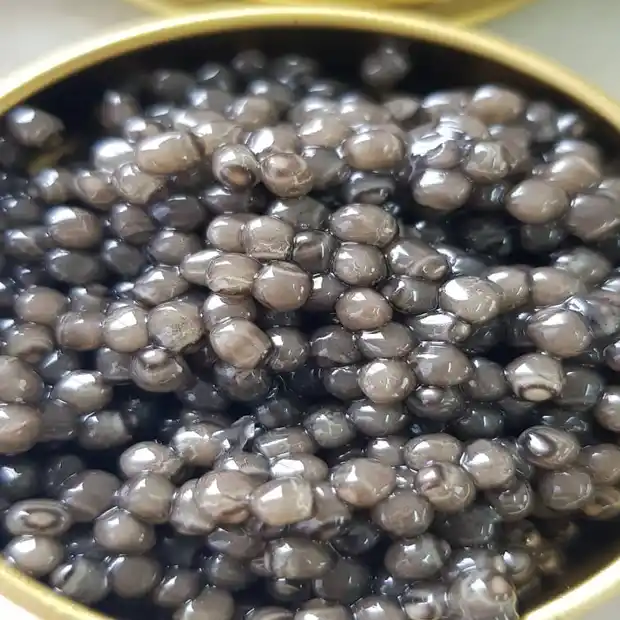
Why is beluga caviar rare?
Beluga caviar is regarded as an extremely valuable and uncommon delicacy. The beluga sturgeon, a species that takes years to mature, is the source of it. The scarcity of beluga caviar stems from stringent laws and conservation initiatives aimed at safeguarding these exceptional creatures. Because of its rarity, caviar enthusiasts find it more appealing and its exclusivity increases.
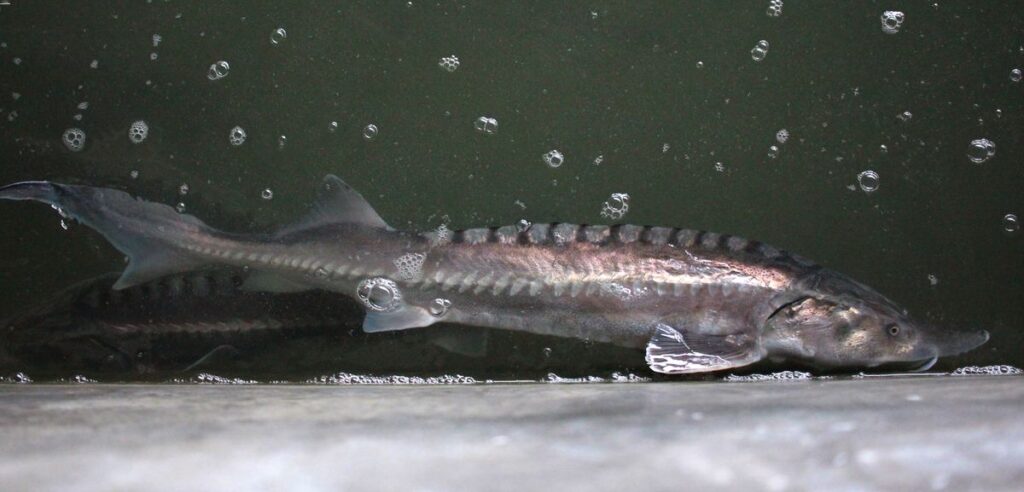
Culinary versatility beluga caviar
Although beluga caviar is frequently consumed on its own as a decadent appetizer or garnish, it works well in a wide range of culinary preparations. Beluga caviar’s buttery, delicate flavor makes it the ideal breakfast supplement to go with blini and toast. The rich flavor of beluga caviar can accentuate the taste of quality seafood, such lobster or smoked salmon.
Because of its big egg size, distinctive color, velvety texture, complex and distinctive taste profile, rarity, and adaptability in preparation, beluga caviar stands out from other varieties of caviar. Those that include caviar in their meals respect these traits, which are the height of luxury. The experience of tasting beluga caviar is beyond compare; it gives the greatest flavors the ocean has to offer while also showcasing the artistry of nature to the user.
Why is beluga caviar illegal ?
The beluga sturgeon faces extinction. Only 100,000 beluga sturgeons are thought to remain in the wild, and their numbers are dropping dangerously quickly.
The population fall of beluga sturgeons has been caused by a number of reasons, including:
Overfishing: The demand for beluga sturgeon has surged recently, and the species has been overfished for generations.
Climate change: As a result of the Caspian Sea’s warming and salinization, beluga sturgeon populations are also under risk.
The beluga sturgeon is among the fish species that are most endangered worldwide as a result of these factors working together. Many countries have restricted the import and export of beluga in order to conserve the population of these animals.
The effect of the ban on beluga sturgeon populations:
The populations of beluga sturgeons have been significantly impacted by the prohibition on beluga caviar. The prohibition has lowered beluga caviar demand, which has assisted in reducing overfishing.
But the prohibition has also made beluga caviar illegally available on the black market. It is claimed that a sizable portion of wild beluga caviar is still harvested and sold illegally due to the difficulty in controlling this black market.
The population of beluga sturgeons is seriously threatened by the illicit market. In addition to adding to the strain on the dwindling population, illegal beluga caviar collection makes it more challenging to monitor population health.

Potential for sustainable beluga caviar production:
Production of caviar from Beluga sturgeon has the potential to be sustainable. Numerous farms raise beluga sturgeon in captivity, and these farms can provide a reliable supply of the fish.
But before sustainable beluga caviar manufacturing becomes a reality, a lot of issues need to be resolved. These difficulties consist of:
Raising beluga sturgeon in captivity comes at a heavy price.
The extended lifespan of beluga sturgeons results in years needed for the fish to mature.
Interbreeding between wild and captive sturgeon is a possibility and could endanger the wild population even more.
There is still hope for sustainable beluga caviar production in spite of these obstacles. If the difficulties are overcome, sustainable beluga production has the potential to support local communities financially and contribute to the preservation of beluga populations.
Result
A delectable and opulent delicacy that has been prized for generations is beluga caviar. Nonetheless, a significant threat to the beluga sturgeon population is the exploitation of wild sturgeon. Because of this, beluga caviar is prohibited in several nations.
Production of beluga caviar could be sustainable. But before sustainable beluga caviar manufacturing becomes a reality, a lot of issues need to be resolved.
It’s critical to be knowledgeable about beluga caviar’s sustainability concerns before making a purchase. Make sure you purchase your beluga caviar from a farm that produces beluga sturgeon in captivity if you’re searching for a sustainable source. Caviar Shah LLC has been cultivating caviar fish in fish breeding ponds with pure spring water, adhering to all international health regulations.
Source
WSCS | World Sturgeon Conservation Society
FAQ
How should I eat Beluga caviar?
Beluga caviar is best enjoyed in its simplest form to fully savor its flavors. Serve it chilled on a non-metallic spoon or a mother-of-pearl spoon to avoid altering the taste. Avoid using metal utensils as they can react with the caviar and affect its delicate flavors.
What are some recommended pairings with Beluga caviar?
Beluga caviar pairs exceptionally well with blinis, toast points, or lightly buttered crackers. Traditional accompaniments include sour cream or minced red onions. For a more extravagant experience, enjoy Beluga caviar with smoked salmon, lobster, or chilled vodka.
How much Beluga caviar should I serve per person?
The recommended serving size of Beluga caviar is approximately 30-50 grams per person. However, individual preferences may vary. It’s always a good idea to consider the occasion, the number of guests, and the overall menu when determining the quantity.
Can I cook or heat Beluga caviar?
It is generally not recommended to cook or heat Beluga caviar as high temperatures can alter its delicate flavors and texture. Beluga caviar is best enjoyed in its raw, uncooked state to fully appreciate its unique qualities.







